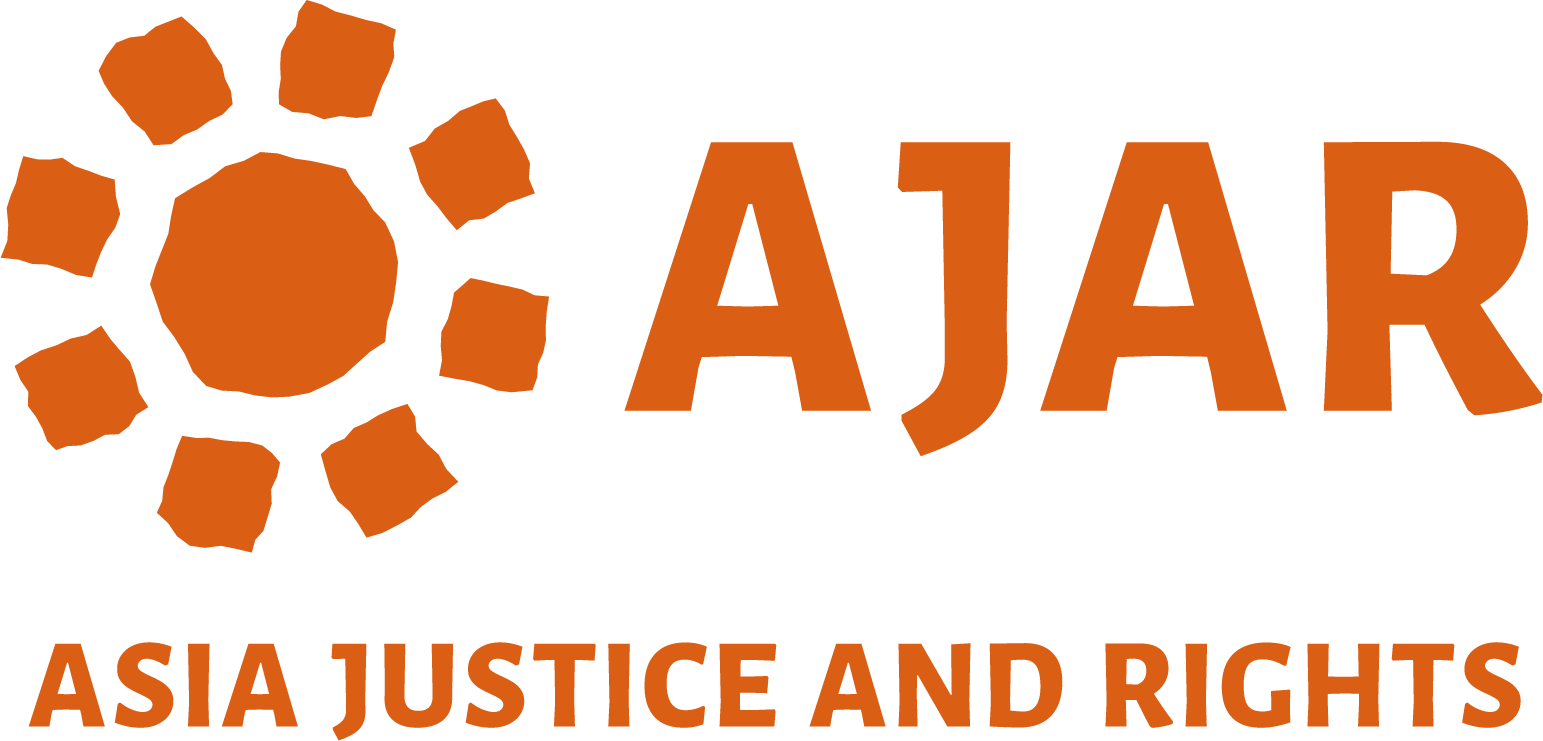Timeline

- The principle of the right to the truth for relatives of missing persons, including the victims of forced disappearance, is explicitly codified in international humanitarian law in article 32 of the Additional Protocol I to the Geneva Conventions, of 12 August 1949. The Convention incorporate various provisions that impose obligations on belligerent parties to respond to the problem of missing combatants and establish a central search agency.
- The International Red Cross and Red Crescent Movement has also made clear that the right to know the truth about the fate suffered by victims of forced disappearance applies both to situations of international armed conflict as well as those of internal armed conflict.
- The ad hoc working group on human rights in Chile, the Working Group on Enforced or Involuntary Disappearances (WGEID) and the Inter-American Commission on Human Rights (IACHR) developed an important doctrine on this right with regard to the crime of enforced disappearances. Although this right was initially referred to solely within the context of enforced disappearances, it has been gradually extended to other serious human rights violations, such as extrajudicial executions and torture.
- The Human Rights Committee has urged a State party to the International Covenant on Civil and Political Rights to guarantee that the victims of human rights violations know the truth with respect to the acts committed and know who the perpetrators of such acts were.
- More recently, the right to the truth has been explicitly recognised in several international instruments and by intergovernmental mechanisms. The right to the truth has been cited in relation to combating impunity, the rights of internally displaced persons to know the fate of relatives, and in the context of the remedies and reparation for serious human rights violations.
- The draft international convention for the protection of all persons from enforced disappearance adopted by the Inter-Sessional Open-ended Working Group to elaborate a draft legally binding normative instrument for the protection of all persons from enforced disappearance on 23 September 2005, provides that: “[e]ach victim has the right to know the truth regarding the circumstances of the enforced disappearance, the progress and results of the investigation and the fate of the disappeared person.”
- Some peace agreements have also enshrined the right of families to know the fate of persons unaccounted for, and have instituted mechanisms to ensure that relevant information is provided to such persons. The General Framework Agreement for Peace in Bosnia and Herzegovina may be cited as an example of this development. In 2004, the Parliament of Bosnia and Herzegovina adopted a law on missing persons, which reaffirms the right of the families to know the fates of their missing relatives.
- National courts at the highest level have also recognised the right to the truth. The Constitutional Courts of Colombia and Peru, and the Federal Criminal Courts of Argentina have developed important jurisprudence recognising and affirming the right to know the truth of victims of gross human rights violations. The Courts of Argentina, in the so-called truth trials, has found that in cases of enforced disappearances the right to the truth is based on the right to mourning (derecho al duelo), and as one of the components of the right to justice, as well as the need for historical clarification, individual and societal healing and the prevention of future violations. The right to the truth has also been considered as a means to ensure a democratic State based on the rule of law. Courts have also noted the contribution of knowing the truth to eradicating impunity.
[Sources: Eduardo González and Howard Varney, eds., Truth Seeking: Elements of Creating an Effective Truth Commission. Brasilia: Amnesty Commission of the Ministry of Justice of Brazil; New York: International Center for Transitional Justice 2013]
